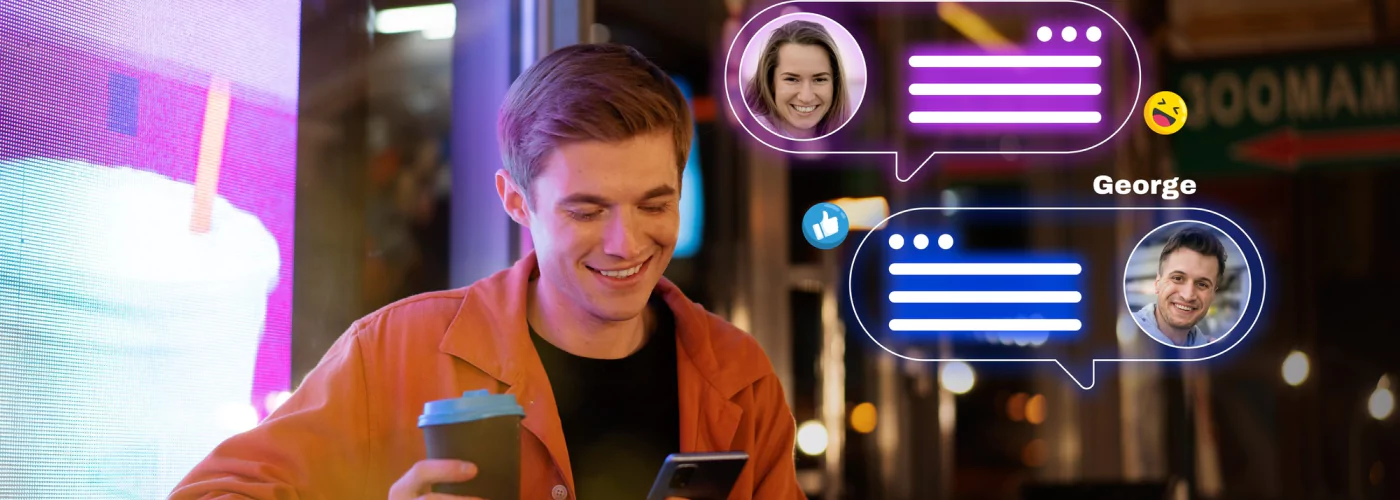Client Overview
- Client: ABSA Bank
- Project Objective: Digitalization of banking processes, improvement of customer experience, and implementation of an innovative self-service banking solution.
Project Overview
- Modes of Implementation: Kiosk and Abby Humanoid Robot.
- Key Features:
- AI-Enabled Chatbot: Abby acts as a Personal Banker, assisting customers with banking transactions and queries.
- Face Recognition: Utilizes facial identity for user authentication and swift self-service.
- Queue Management: Streamlines customer flow in various branches.
- Multilingual Support: Customers can interact with Abby in their preferred language, enhancing accessibility.
Innovative Implementation
- First in South Africa: The project marks a pioneering initiative in South Africa, introducing a new era of digitalized and customer-centric banking.
- Optimal Resource Utilization: Abby ensures the optimal use of human resources and materials, providing efficient service without unnecessary bottlenecks.
- Authentication and Communication: Introduces a novel way of authentication through facial recognition, revolutionizing customer communication within the banking environment.
Abby App & Customer Interaction
- Objective: Enhance customer experience, reduce transaction hassles, and digitize banking data.
- Benefits:
- Better Customer Experience: Streamlines banking transactions, reducing waiting times and enhancing overall satisfaction.
- Digitization of Data: Abby facilitates the digitalization of banking data, contributing to improved efficiency and data management.
- Convenience: Customers experience a new level of convenience in performing everyday banking transactions.
Abby App Features
- Facial Identity Registration: Users register on the Abby platform using facial identity and a passcode.
- Language Selection: Abby app provides language options, allowing users to operate in their preferred language.
- Integration with Banking APIs: Seamlessly integrated with existing banking APIs for automated transactions.
- Ticketing System: For non-automated banking operations, a ticketing system is used to streamline user requests.
User Interaction and Security Measures
- Facial Recognition: Abby actively scans for user faces, initiating the facial recognition process seamlessly.
- Session Management: If the application fails to detect the user’s face or if the user moves away, the session terminates, ensuring security.
- Login Convenience: Users enjoy the convenience of automatic facial recognition, eliminating the need for manual initiation.
Future Enhancements
- Expanded Operations: Future phases aim to expand the implementation to cover additional banking operations and services.
- Enhanced Features: Ongoing developments will introduce additional features and improvements, ensuring Abby remains at the forefront of innovation.
Conclusion
The Abby Humanoid Robot and Kiosk project represent a significant leap in redefining banking experiences. Talkk.AI’s collaboration with ABSA Bank demonstrates a commitment to innovation, efficiency, and customer-centric solutions, positioning Abby as a pioneer in the digital transformation of banking services. The success of Phase 1 lays the foundation for continued advancements and a more connected, convenient, and secure banking future.









